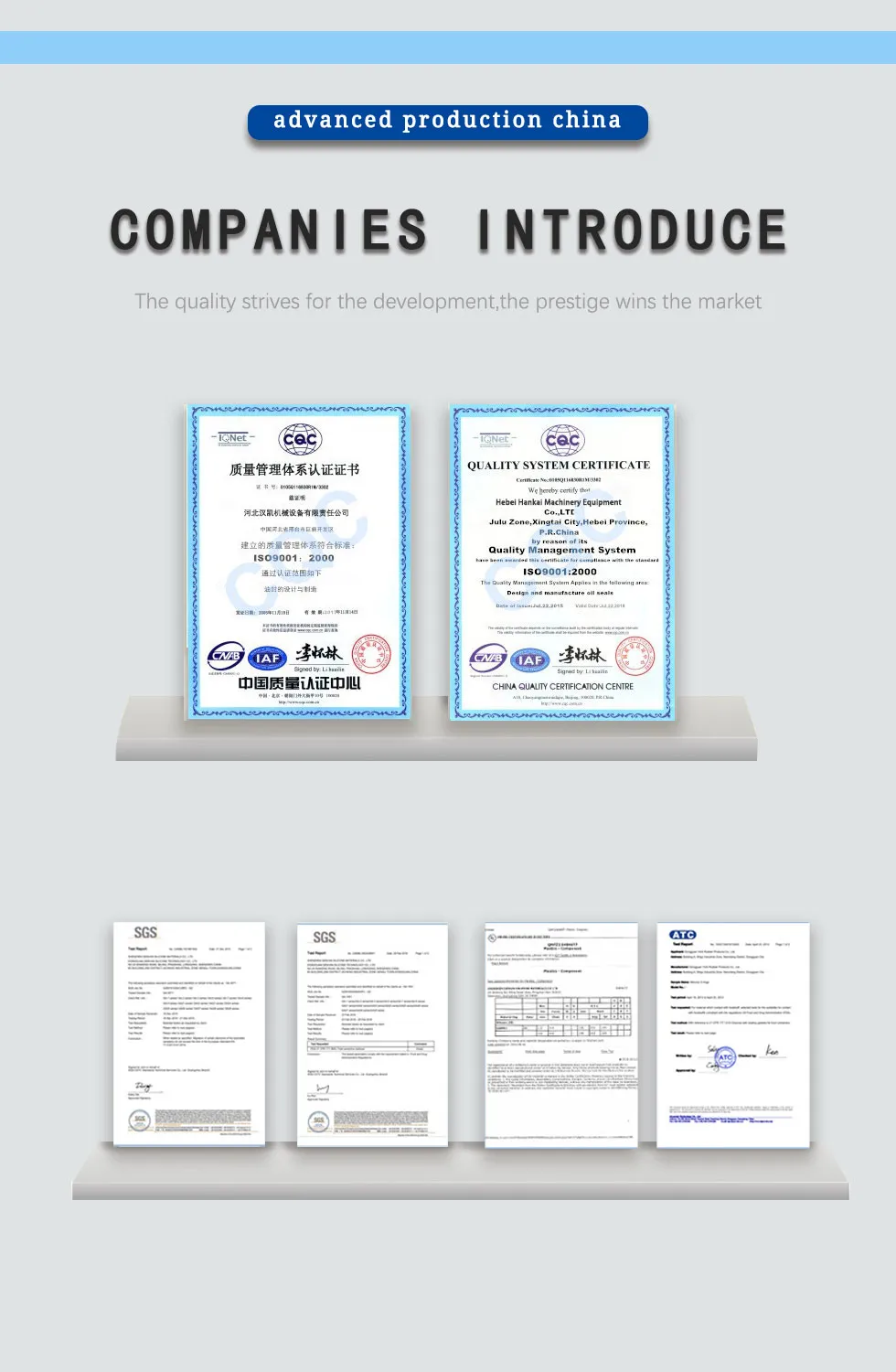dets. . 09, 2024 14:54 Back to list
hydraulic ram seal replacement
Hydraulic Ram Seal Replacement A Comprehensive Guide
Hydraulic rams play a crucial role in various industries, providing powerful force for lifting, pushing, and moving heavy loads. However, like any mechanical equipment, they are subject to wear and tear over time. One of the most critical components of a hydraulic ram is its seals. These seals are essential for maintaining pressure and ensuring the system operates efficiently. A compromised seal can lead to leaks, reduced performance, and potential system failure. Therefore, understanding how to replace hydraulic ram seals is vital for maintenance and longevity of these systems.
Signs of Seal Wear
Before diving into the replacement process, it’s important to recognize the signs of seal wear. Common symptoms include hydraulic fluid leaks around the ram, reduced lifting capacity, and erratic operation. If you notice any of these indicators, it may be time to replace the seals. Regular inspection and maintenance can help catch these issues early and prevent more extensive damage.
Tools and Materials Needed
To replace the seals in a hydraulic ram, you will need a set of specific tools and materials
1. Replacement seals Make sure to obtain the correct size and type compatible with your specific hydraulic ram model. 2. Seal pullers Helpful for removing old seals without damaging the ram. 3. Clean cloth For wiping down surfaces and ensuring cleanliness during the process. 4. Lubricant To ease the installation of the new seals and prevent damage during assembly. 5. Socket set For disassembling the ram components. 6. Safety gear Including gloves and goggles to protect from hydraulic fluid and sharp parts.
Step-by-Step Replacement Process
1. Preparation Begin by ensuring that the hydraulic ram is fully depressurized. Disconnect it from the hydraulic system to prevent accidental activation. Once safely disconnected, move the ram to a clean, well-lit workspace.
hydraulic ram seal replacement

2. Disassembly Use the socket set to carefully disassemble the hydraulic ram. Take note of the arrangement of components since this will help during reassembly. It’s a good idea to have a camera on hand or to label parts as you disassemble.
3. Removing Old Seals Utilize the seal pullers to carefully extract the old seals from their grooves. Be cautious not to scratch or damage the surfaces of the ram, as this could lead to further leaks or mechanical failure.
4. Cleaning Once the old seals are removed, clean the sealing surfaces thoroughly with a clean cloth. Remove any dirt, debris, or old seal residue. This step is crucial, as it ensures a good fit for the new seals and helps prevent leaks.
5. Installing New Seals Apply a thin layer of lubricant to the new seals for easier installation. Carefully place the new seals into the grooves of the ram, ensuring they are seated properly and evenly.
6. Reassembly Replace all other components in the reverse order of disassembly. Ensure all bolts and connections are tightened to the manufacturer's specifications.
7. Testing Once the ram is reassembled, reconnect it to the hydraulic system and conduct a test run. Check for any leaks and ensure that the ram operates smoothly.
Conclusion
Replacing seals in a hydraulic ram is a straightforward yet essential task that can extend the life of your equipment and maintain efficiency. By following the steps outlined above, you can ensure a successful seal replacement. Regular maintenance and prompt attention to seal wear will keep your hydraulic system in top condition, ultimately saving you time and money in the long run.
-
TCN Oil Seal Metal Ring Reinforcement for Heavy Machinery
NewsJul.25,2025
-
Rotary Lip Seal Spring-Loaded Design for High-Speed Applications
NewsJul.25,2025
-
Hydraulic Cylinder Seals Polyurethane Material for High-Impact Jobs
NewsJul.25,2025
-
High Pressure Oil Seal Polyurethane Coating Wear Resistance
NewsJul.25,2025
-
Dust Proof Seal Double Lip Design for Construction Equipment
NewsJul.25,2025
-
Hub Seal Polyurethane Wear Resistance in Agricultural Vehicles
NewsJul.25,2025
-
The Trans-formative Journey of Wheel Hub Oil Seals
NewsJun.06,2025
Products categories
















